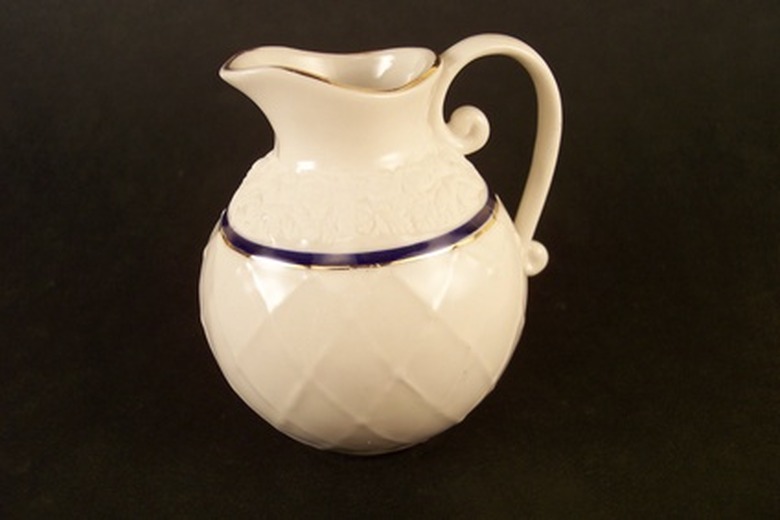How To Calculate The Volume Of A Container
One simple way of measuring the volume of a container is to fill it with liquid and then pour the volume into a measuring vessel, such as a graduated cylinder. If you don't have such a device, however, you may be able to calculate the volume of a container if it has a simple shape for which the volume formula is commonly known.
Step 1
Measure the height, H, and circumference, C, of a cylindrical container to calculate the volume as HC/(4*pi), where pi is 3.14159, after rounding. Pi is the ratio of circumference to diameter–a constant for all circles.
Step 2
Measure the circumference, C, of a spherical container to calculate the volume as C^3/(6*pi^2). Here, ^3 means "cubed" and ^2 means "squared."
Step 3
Find the volume of a truncated cone, narrower at the bottom than the top by first measuring the circumference at the bottom, c, and top, C. Measure the height, H. Calculate the radii at the top and bottom: c/(2_pi) and C/(2_pi). Denote them r for the bottom circumference and R for the top. Solve for the volume with the equation piH(R^2 + r^2 + R_r)/3. Note that if the walls are vertical, then R=r, the container is a cylinder and you get the formula for a cylinder: pi_H*R^2.
References
Cite This Article
MLA
Dohrman, Paul. "How To Calculate The Volume Of A Container" sciencing.com, https://www.sciencing.com/calculate-volume-container-6117005/. 24 April 2017.
APA
Dohrman, Paul. (2017, April 24). How To Calculate The Volume Of A Container. sciencing.com. Retrieved from https://www.sciencing.com/calculate-volume-container-6117005/
Chicago
Dohrman, Paul. How To Calculate The Volume Of A Container last modified March 24, 2022. https://www.sciencing.com/calculate-volume-container-6117005/
